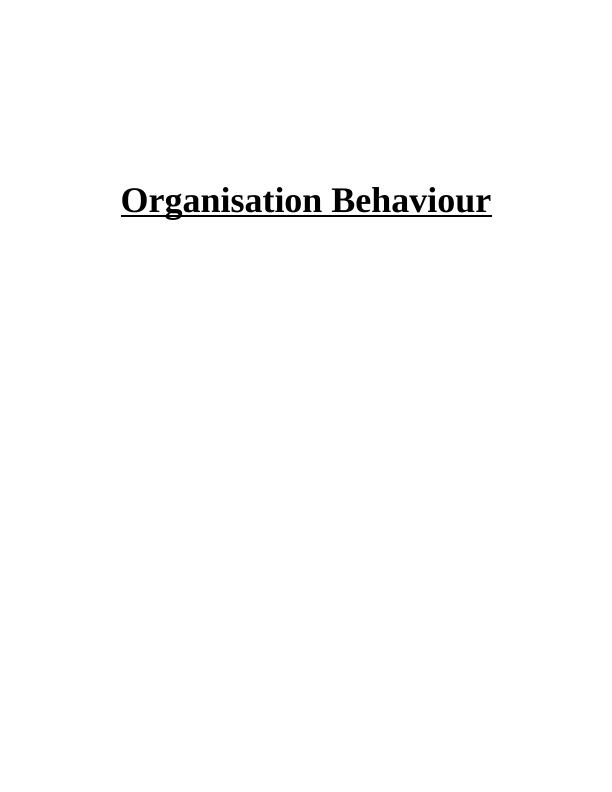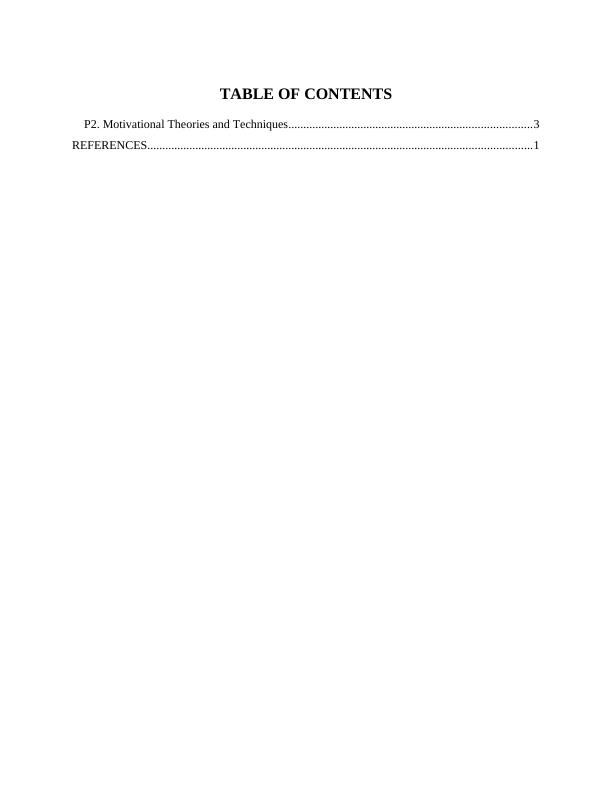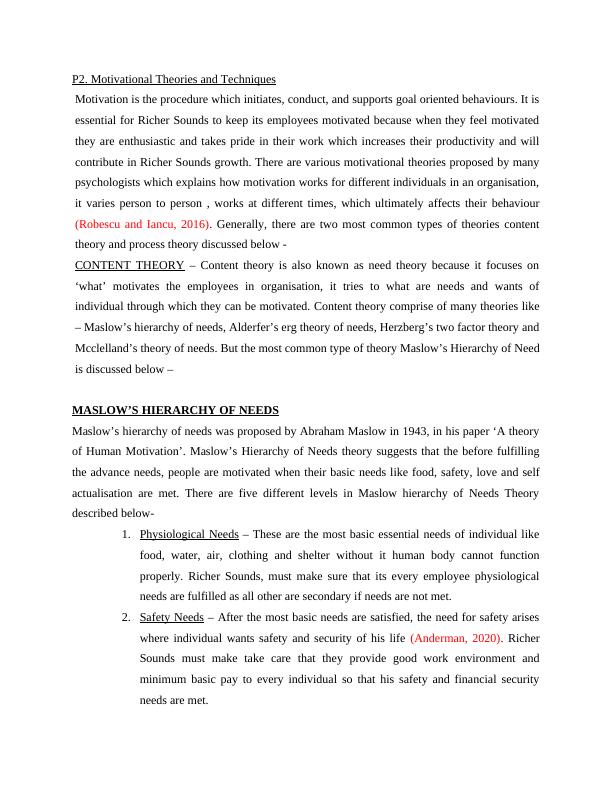Motivational Theories and Techniques in Organizational Behavior
Added on 2023-01-05
7 Pages1638 Words44 Views
End of preview
Want to access all the pages? Upload your documents or become a member.
Understanding why people work: Factors, Motivation, and Strategies
|9
|2135
|296
Understanding why people work
|7
|2034
|74
Motivational Theories: Maslow, Herzberg, Adam and Taylor
|7
|1877
|302
Motivation Theories - PDF
|6
|1793
|186
Understanding why people work
|10
|2349
|175
Motivational Theories and Their Implication in Modern Workplace
|8
|1959
|250



